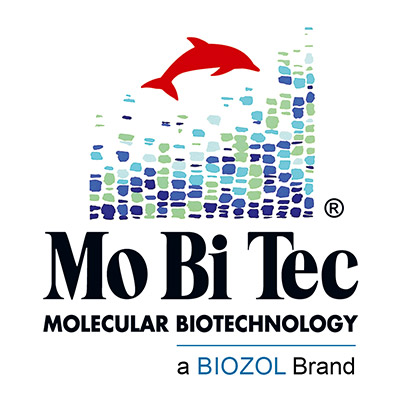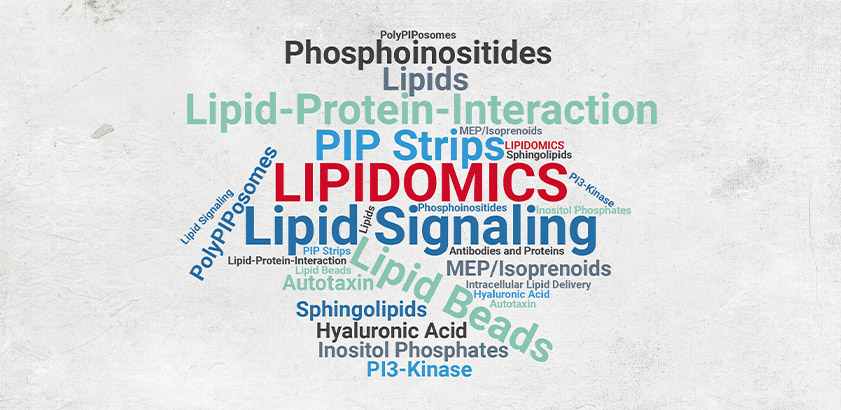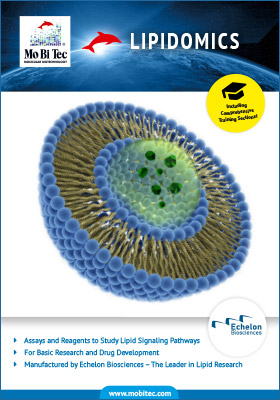No results were found for the filter!

Liposomal Fluorescein Dye (ProFoldin Product Code: DPC001FL)
Order #: PFD-DPC001FL

PEGylated Liposomal Rhodamine B Dye (ProFoldin Product Code: PHC001RB)
Order #: PFD-PHC001RB

Liposomal Rhodamine G Dye (ProFoldin Product Code: DPC001RG)
Order #: PFD-DPC001RG

Liposomal Calcium (ProFoldin Product Code: DPC002CA)
Order #: PFD-DPC002CA

PEGylated Liposomal Cobalt (ProFoldin Product Code: PHPC002CO)
Order #: PFD-PHPC002CO

PEGylated Liposomal Copper (ProFoldin Product Code: PHPC002CU)
Order #: PFD-PHPC002CU

PEGylated Liposomal Iodide (ProFoldin Product Code: PHPC002KI)
Order #: PFD-PHPC002KI

Liposomal Magnesium (ProFoldin Product Code: DPC002MG)
Order #: PFD-DPC002MG

PEGylated Liposomal Manganese (ProFoldin Product Code: PHPC002MN)
Order #: PFD-PHPC002MN

PEGylated Liposomal Phosphate (ProFoldin Product Code: PHPC002PS)
Order #: PFD-PHPC002PS

PEGylated Liposomal Potassium (ProFoldin Product Code: PHPC002K)
Order #: PFD-PHPC002K

PEGylated Liposomal Sulfate (ProFoldin Product Code: PHPC002SF)
Order #: PFD-PHPC002SF
Viewed
*All prices in € excl. VAT and shipping



